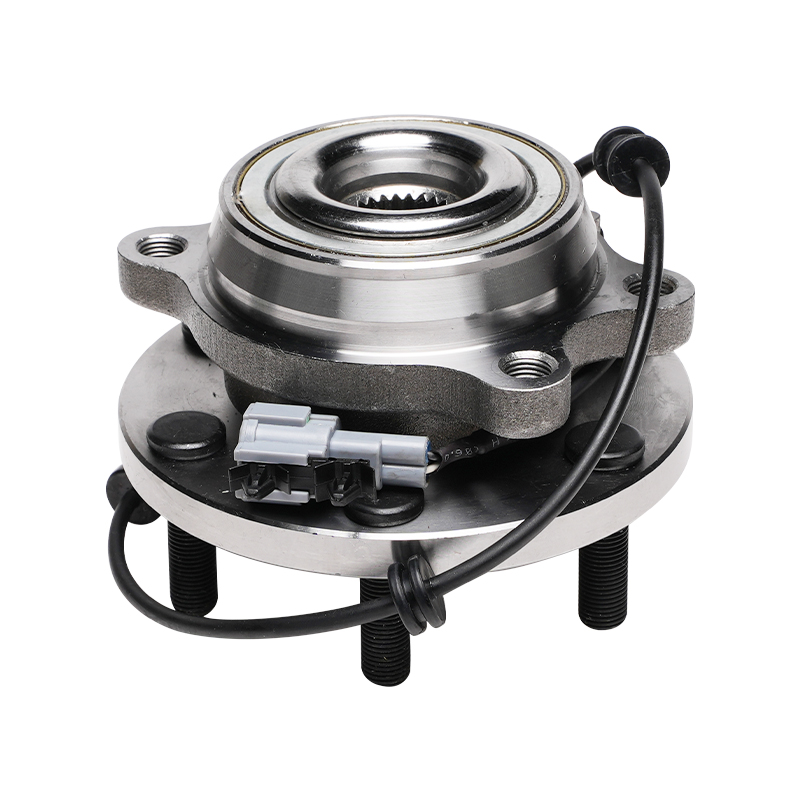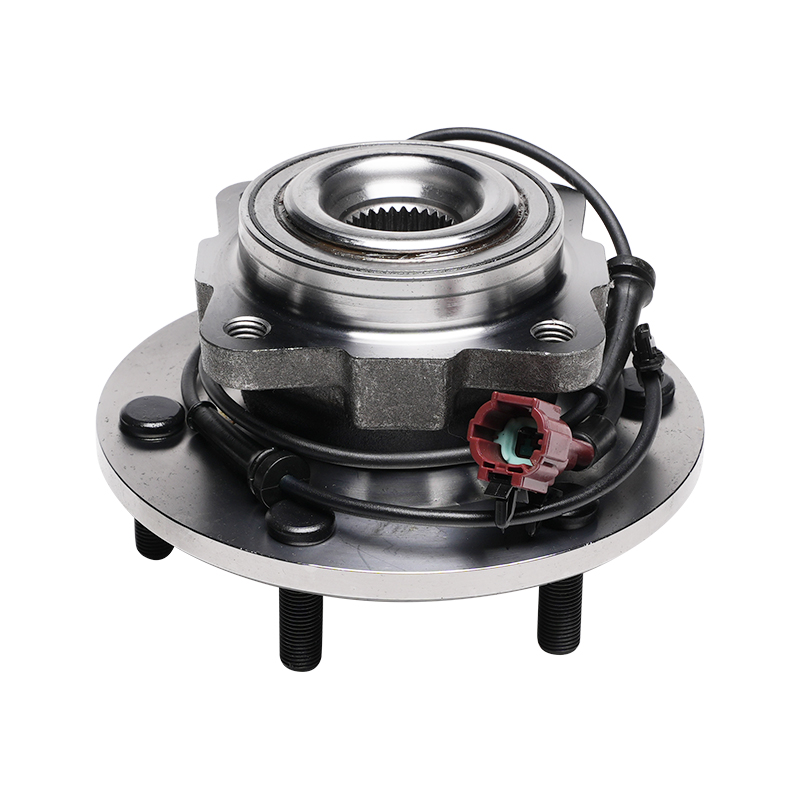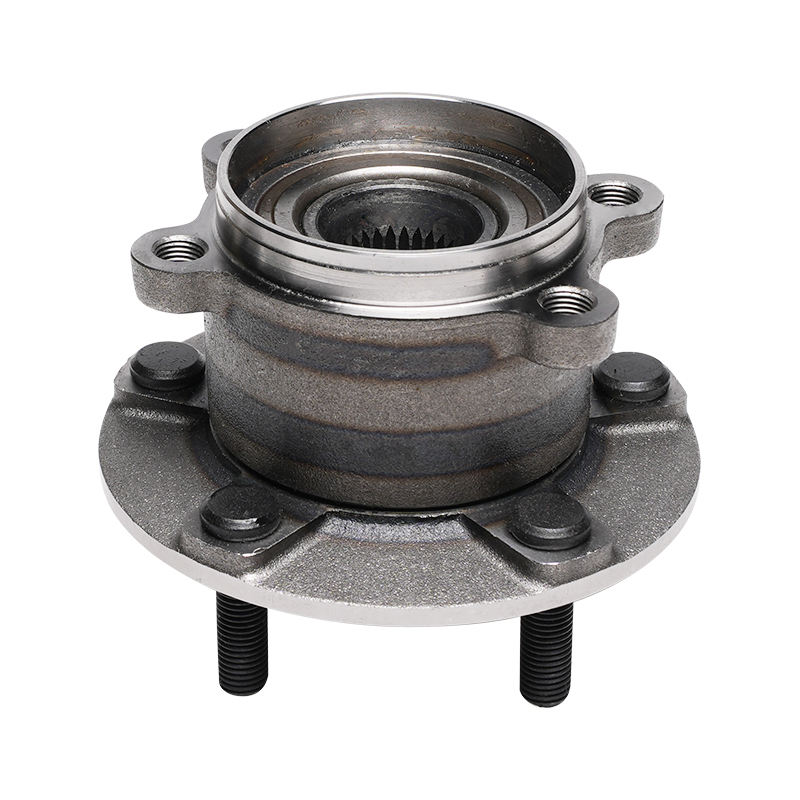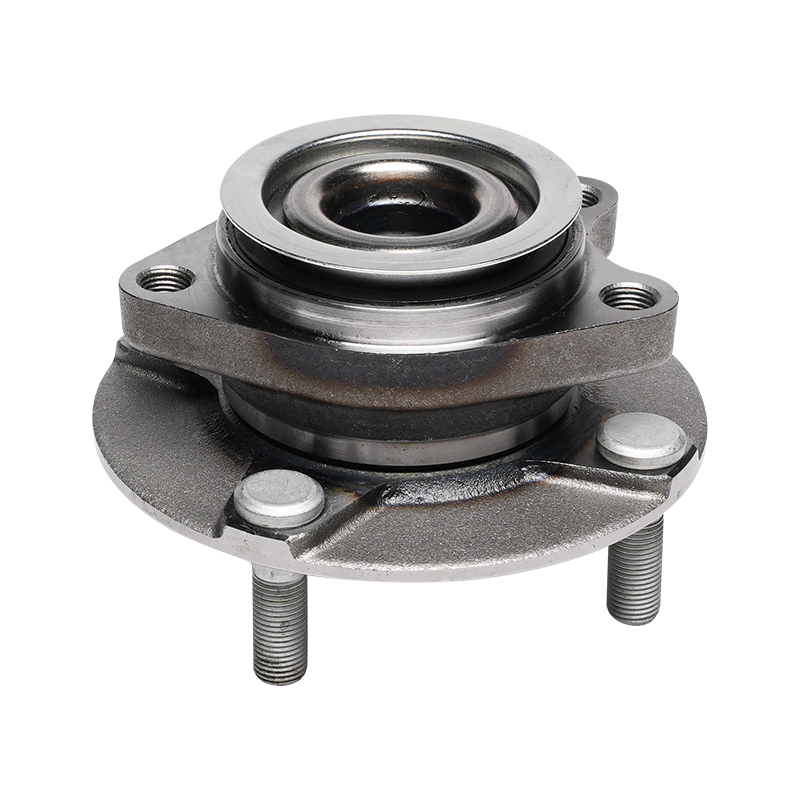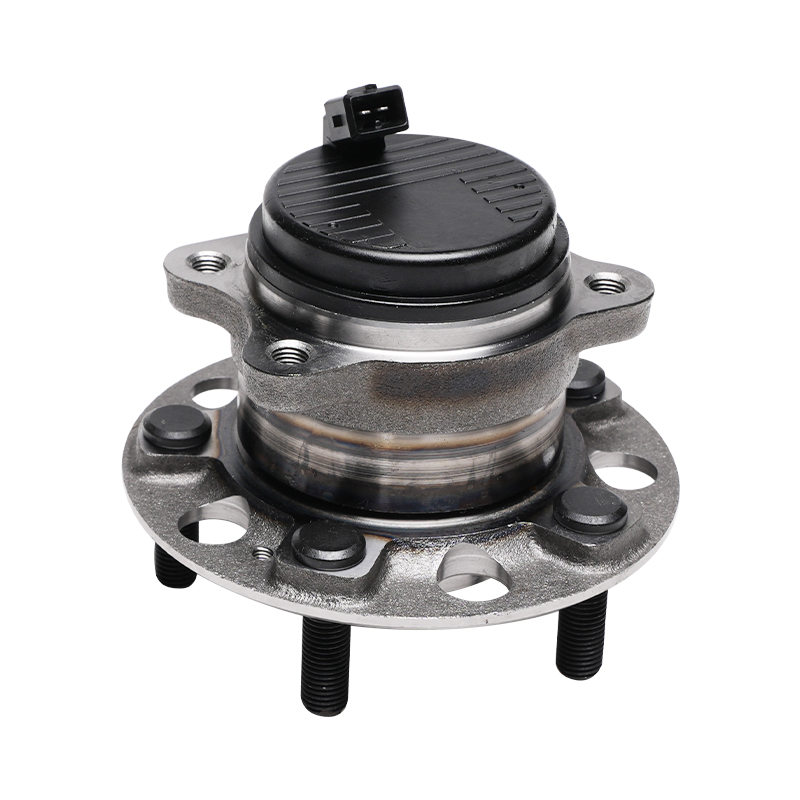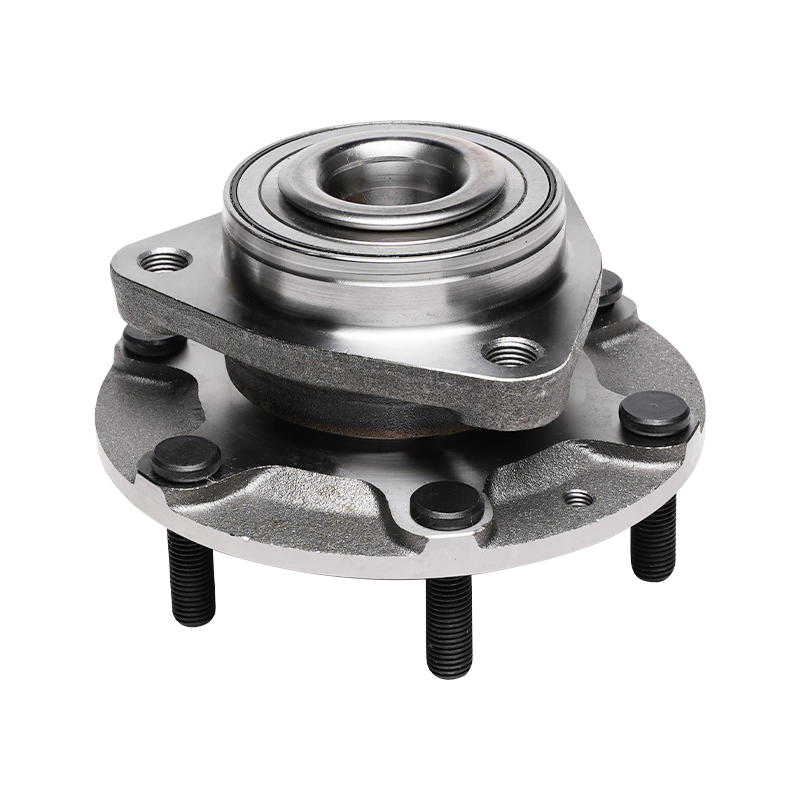Request for a call today
Wheel Hub Assemblies: The Heart of Your Vehicle’s Motion
 2025.05.08
2025.05.08
 Industry News
Industry News
In the complex machinery of a modern vehicle, wheel hub assemblies play a pivotal role. Often hidden beneath the tires and out of sight from the casual observer, these components are crucial for the overall performance, safety, and longevity of a car. A wheel hub assembly is more than just a mechanical part; it’s the silent worker that allows the wheels to rotate smoothly while ensuring stability and control. Understanding the function and importance of this component is essential for vehicle owners, drivers, and enthusiasts alike.
A wheel hub assembly is a crucial part of a vehicle's wheel system. It connects the wheel to the vehicle's chassis, allowing the wheel to rotate with minimal friction while ensuring alignment. At its core, the wheel hub assembly houses the wheel bearings, which allow for smooth rotation. Additionally, it includes the brake rotor and, in some cases, the wheel sensor for the vehicle’s anti-lock braking system (ABS).
The assembly acts as a bridge between the wheel and the suspension system, transmitting forces and ensuring the wheel remains securely attached to the vehicle. Without the hub assembly, a car’s wheels would lack the necessary connection to the vehicle, making it impossible for the vehicle to function effectively.
Central to the wheel hub assembly are the wheel bearings, a set of metal balls or rollers housed within the hub. These bearings are what allow the wheel to rotate freely while minimizing friction. Bearings play a significant role in determining the smoothness of the vehicle's ride. If the bearings fail or become damaged, the result is often noticeable, with the vehicle experiencing vibrations, noise, or uneven wear on tires.
The quality and durability of wheel bearings depend on factors such as material composition, design, and lubrication. Manufacturers are continuously improving bearing technology to withstand the increasing demands placed on modern vehicles. High-quality bearings can significantly enhance the performance and longevity of the wheel hub assembly, reducing the need for frequent replacements.
As automotive technology continues to evolve, so too does the design and functionality of wheel hub assemblies. Modern hub assemblies are not just about performance; they are also about integration with other vehicle systems. For example, many newer vehicles feature hub assemblies that include wheel speed sensors for the ABS system. These sensors play a vital role in ensuring the vehicle’s stability, particularly in emergency braking situations.
The trend toward electric vehicles (EVs) and hybrid cars has led to further innovation in the design of wheel hub assemblies. These vehicles often require more efficient and lightweight components to maximize energy efficiency and range. As a result, manufacturers are exploring the use of advanced materials, such as carbon fiber and lightweight alloys, to create more durable and efficient hub assemblies.

